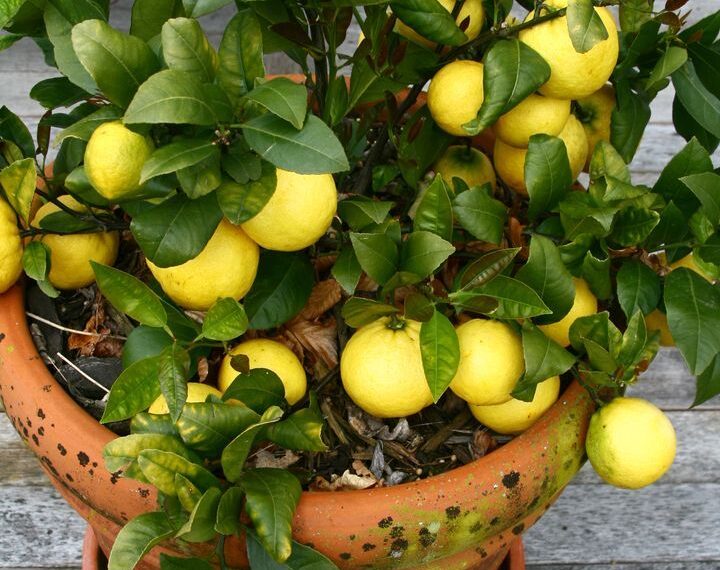6. Feed Regularly
Citrus trees are heavy feeders. Use a citrus-specific fertilizer high in nitrogen and micronutrients like magnesium, zinc, and iron.
- Fertilize every 4–6 weeks from early spring through fall.
- Reduce feeding in winter when growth slows.
7. Hand-Pollinate for Fruit Production
Indoors, bees and insects won’t be around to pollinate your tree. Use a soft paintbrush or cotton swab to gently transfer pollen between flowers.
- Touch the center of one flower and move to another.
- Repeat every few days while the tree is in bloom.
8. Prune for Strength and Shape
Pruning helps improve airflow and encourages stronger branches to hold fruit.
- Prune in early spring.
- Remove dead or crowded branches and suckers (shoots from the base).
9. Watch for Pests
Common indoor pests include spider mites, scale, and aphids.
- Wipe leaves with a damp cloth or spray with neem oil if pests appear.
- Inspect regularly under leaves and at branch joints.
10. Be Patient and Consistent
It may take a year or two for your tree to mature enough to produce fruit. Stay consistent with care, and you’ll be rewarded with fragrant blooms and sweet, juicy lemons.
Conclusion
Growing a Meyer lemon tree indoors is a rewarding process. With the right conditions—plenty of sunlight, careful watering, and regular feeding—you can enjoy not only the fresh citrus fragrance in your home but also the delight of harvesting your own lemons. It’s a perfect combination of indoor gardening and edible luxury!




